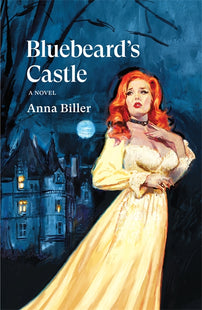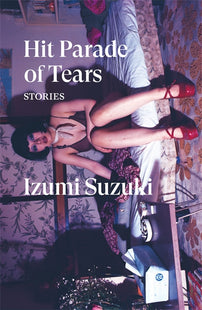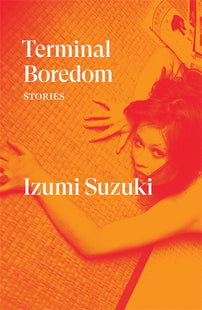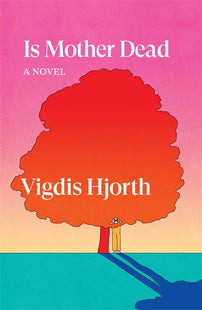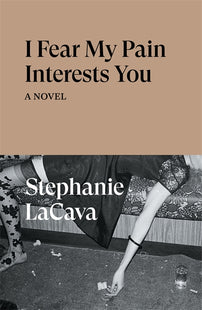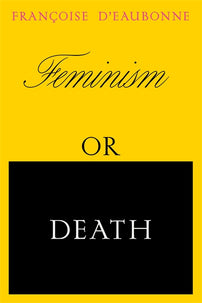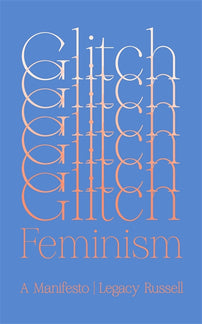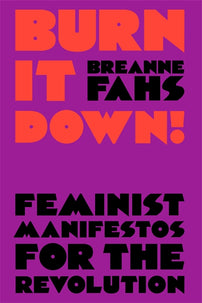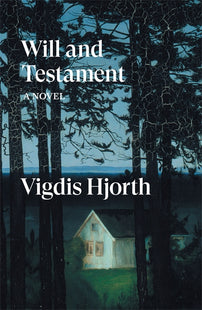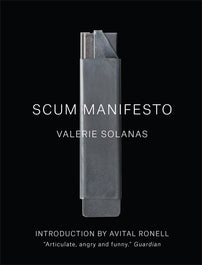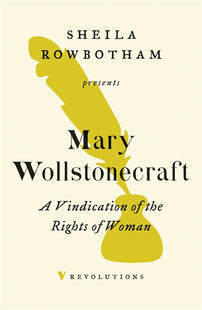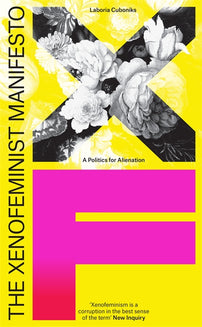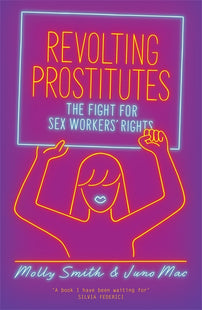Gothic Feminism: A Reading List
The witches are among us—we ignore them at our peril.

Gothic writing is about the return of the repressed, the emergence of the uncanny, the haunting of those who have been wronged. The horror of the gothic novel is not from the monsters themselves—the witches and madwomen, the ghostly specters and raging Furies—but from the reckoning of injustice being, finally, at hand.
With today’s cresting wave of feminist rage and feminist desire, the gothic banshee is back, and she is writing. The madwomen are coming out of the attic and the witches are among us—we ignore them at our peril.
This Halloween we present the debut novel from the acclaimed director of The Love Witch - Bluebeard’s Castle! Filled with dark humor and evocative imagery, Bluebeard’s Castle is a subversive take on modern romance and Gothic erotica.
[book-strip index="1" style="buy"]
Further Reading
[book-strip index="2" style="buy"]
